Humankind’s innate curiosity has driven us to explore the unknown and to seek answers to the mysteries that surround us. Among the most enduring puzzles captivating the imagination are Unidentified Anomalous Phenomena (UAP). These phenomena, often encountered in our skies and beyond, offer a tantalizing blend of fascination and bafflement.
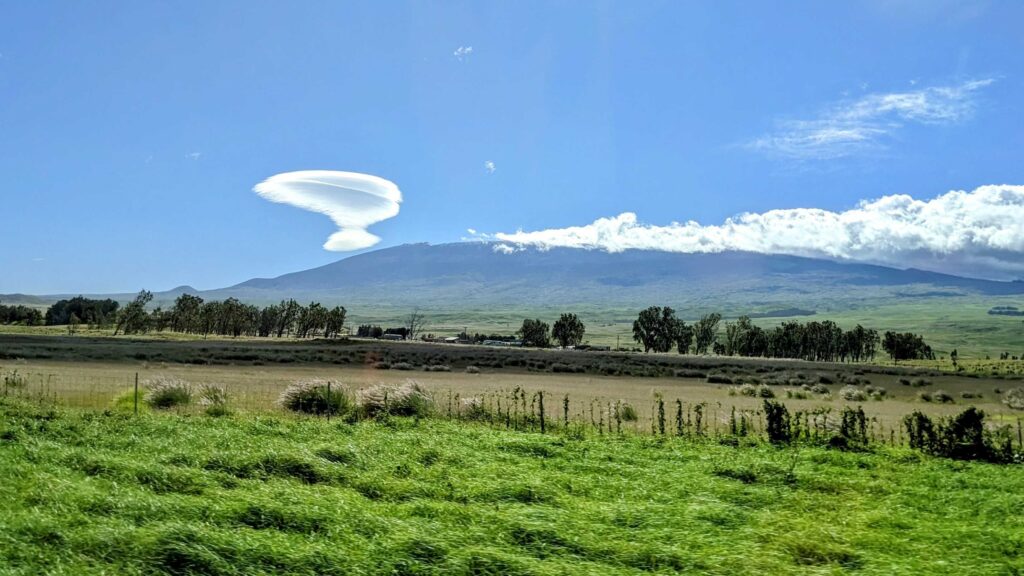
What is UAP?
Observations of events in the sky that cannot be identified as balloons, aircraft, or known natural phenomena – from a scientific perspective, have been spotted worldwide but lack high-quality observations. Even though most of the observations have been explained, there exists a handful that cannot be immediately identified as natural phenomena or human-made artifacts. These events are now collectively termed Unidentified Anomalous Phenomena, or UAP (the initial term coined at the beginning of the study was Unidentified Aerial Phenomena but was later redefined). The term UAP now officially denotes what was previously referred to as Unidentified Flying Objects (UFOs).
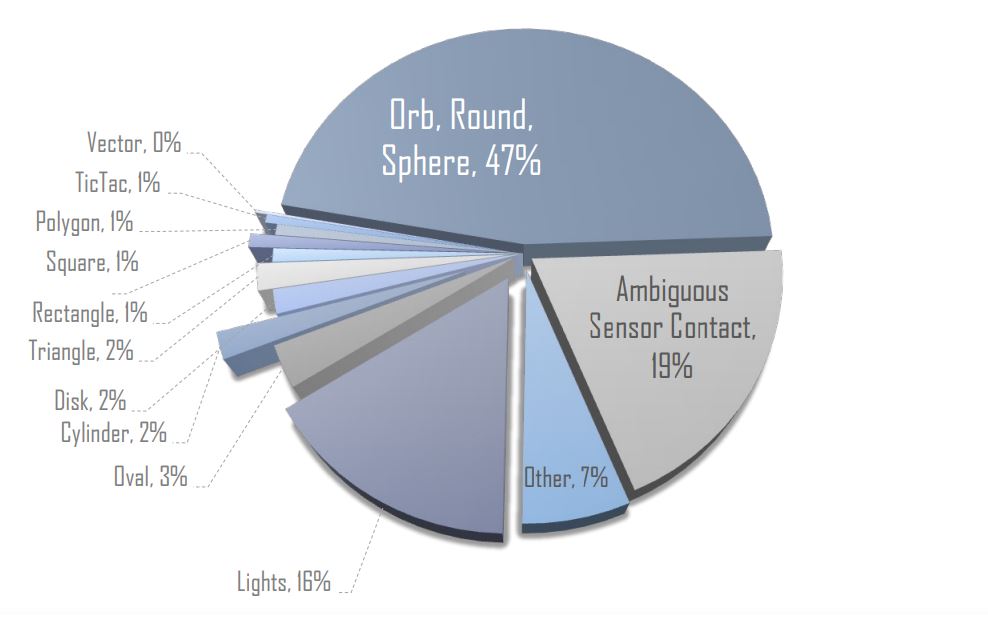
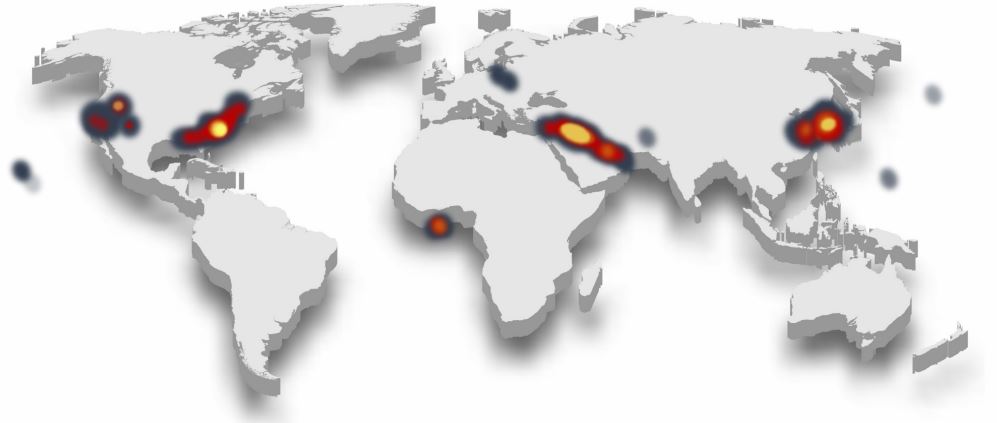
Need for evidence-based study and NASA’s involvement
At the heart of scientific endeavor lies an unquenchable desire to venture into unchartered territories. It is through the medium of data that scientists embark on this journey to unlock the well-guarded secrets of the universe. And yet, despite numerous accounts and visuals, there is a glaring gap due to a dearth of consistent, detailed, and curated observations to draw robust conclusions about UAP.
NASA has been a torchbearer in exploring the unknown through a rigorous process of the scientific method. It encompasses every aspect – inspecting presumptions, collecting unbiased data, analyzing and reproducing results, independent and peer evaluation, and ultimately, converging to a scientific consensus about the nature of an occurrence.
When it comes to studying phenomena such as UAP, the data, however compelling and seeming true at face value, lack reproducibility and the information needed to draw any decisive conclusion. Thus, a meticulous, evidence-based, data-driven scientific framework becomes imperative.
On June 9, 2022, NASA announced the establishment of an independent study team to apply the full focus of science and data to UAP. The team comprises 16 individuals who are experts in the scientific, aeronautics, and data and artificial intelligence communities.
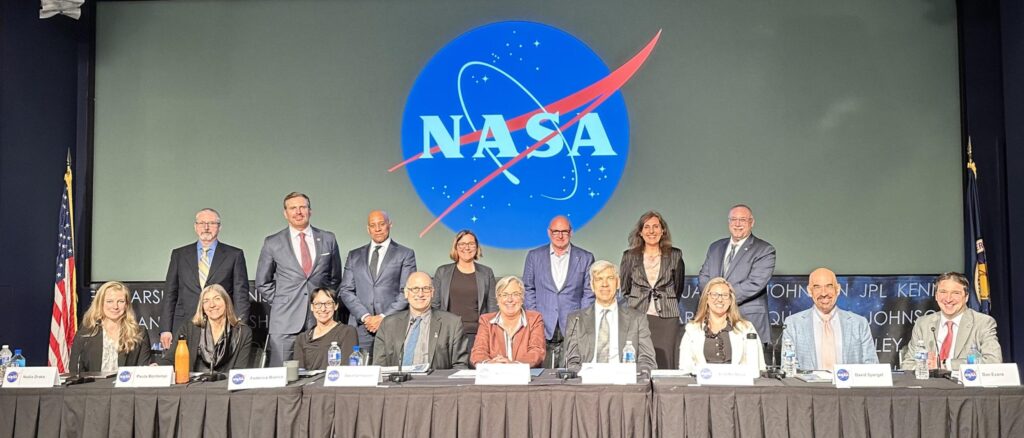
On September 14, 2023, the team published its final report containing challenges in UAP understanding and recommendations for entities including NASA to propel our understanding of UAP.
“Using unclassified data was essential for our team’s fact-finding, open-communication collaboration, and for upholding scientific rigor to produce this report for NASA. The team wrote the report in conjunction with NASA’s pillars of transparency, openness and scientific integrity to help the agency shed light on the nature of future UAP incidents. We found that NASA can help the whole-of-government UAP effort through systematic data calibration, multiple measurements and ensuring thorough sensor metadata to create a data set that is both reliable and extensive for future UAP study.”
– David Spergel, president of the Simons Foundation and chair of the UAP independent study team
Major Challenges in UAP study
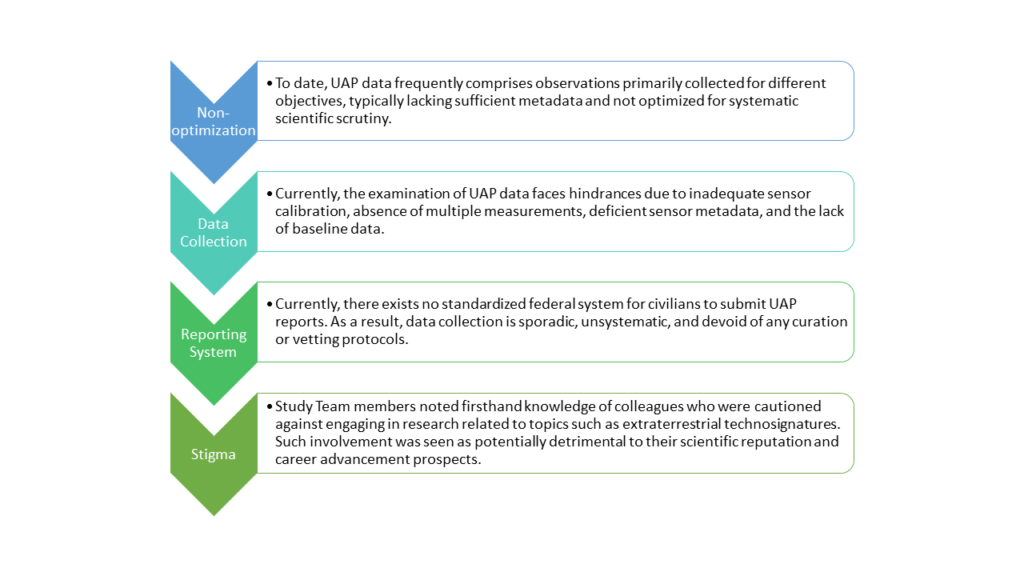
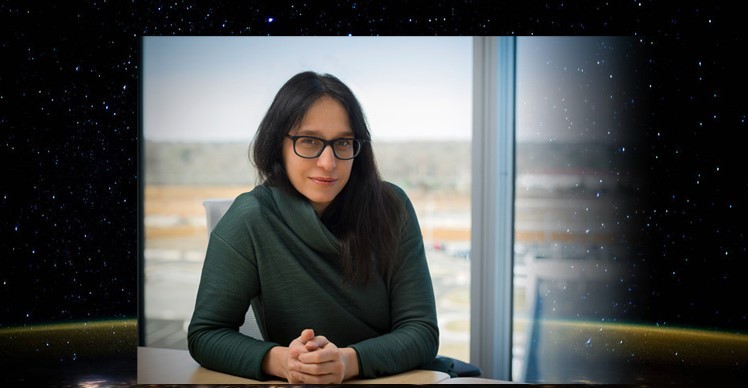
Key Points and Recommendations
・Application of scientific data possessed by space organizations or government entities
Space organizations have a diverse array of Earth and space-observing assets but they fail in the area of spatial resolution. In contrast to the objects they track, UAPs are relatively small and hence their detection becomes difficult. However, these assets can play a vital role in examining environmental conditions associated with UAP sightings.
NASA’s expertise in Synthetic Aperture Radar (SAR) holds promise. SAR is a type of active data collection wherein a sensor records the amount of self-generated energy reflected after interacting with the Earth.
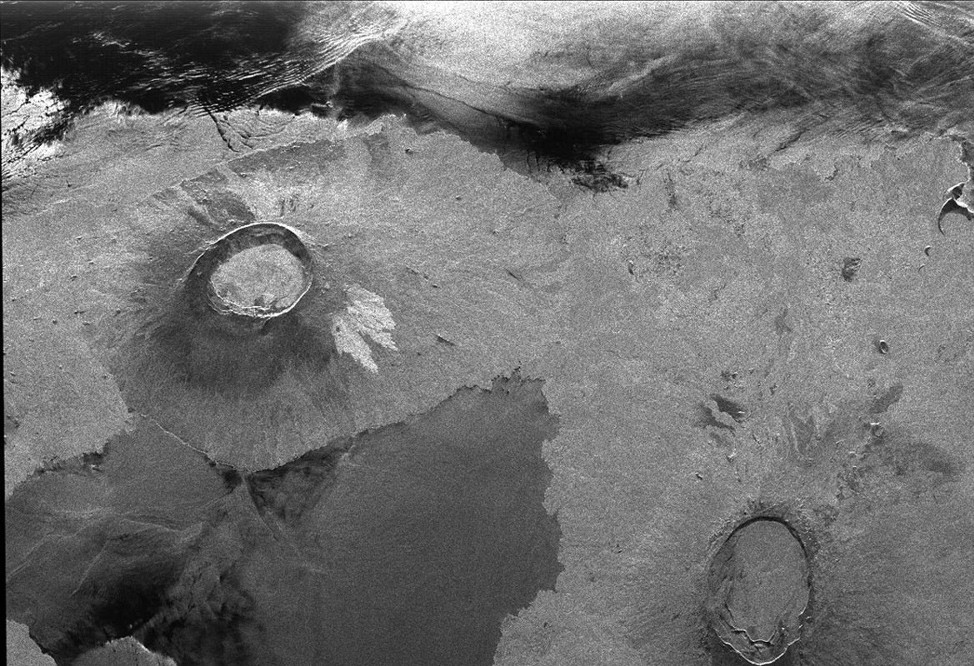
In general, the spatial resolution of radar data is directly associated with the ratio of the sensor wavelength to its antenna’s length. For a particular wavelength, the longer the antenna, the higher the spatial resolution. Unfortunately, an antenna of a large size is practically not feasible in space. A clever workaround is the concept of synthetic aperture where a sequence of acquisitions from a shorter antenna are grouped to simulate a much larger antenna, thereby providing higher resolution data.
In collaboration with the Indian Space Research Organization (ISRO), NASA’s future missions like NISAR (NASA-ISRO Synthetic Aperture Radar) can provide high-resolution data to directly examine UAPs and their environmental context.
・Application of scientific data owned by non-profits and companies
Commercial satellites have the ability to provide imagery with spatial resolutions ranging from sub-meters to several meters and thus align well with the typical scales of known UAP. However, it too comes with a limitation – these satellites don’t consistently cover the entire Earth’s surface at high resolution, thus depending on the sheer fortunate timing to obtain space-based high resolutions.
Additionally, the role of the private sector and academic community has been applauded by the panel in deploying cost-effective ground-based sensors capable of surveying extensive sky areas. Deployable to areas of known UAP activity, these sensors can unveil “pattern-of-activity” trends and possibly reveal the physical characteristics of UAP themselves.
・Employment of scientific and computational techniques – AI & ML
Artificial Intelligence (AI) and Machine Learning (ML) have become the go-to tools for finding groupings, patterns, and anomalies within extensive datasets. Clubbed with NASA’s expertise in these systems, the panel believes that investigating the nature and origins of UAP would be more effective using data from satellites and radars.
After creating a repository of baseline data, agencies, including NASA, can employ neural networks to identify deviations from normal. Established techniques commonly used in astronomy, particle physics, and other sciences can be adapted for such analyses.
Two approaches to detecting anomalies within datasets have been entailed. The first one is to create a model representing the expected signal characteristics and then look for any matches against it, which is quite challenging for UAP due to the lack of a consistent physical description. The second approach involves using a model of the background properties and examining anything deviating from it. This method relies on an understanding of what is considered normal and known within a specific search area, and demarcating it with what is deemed unusual and unknown.
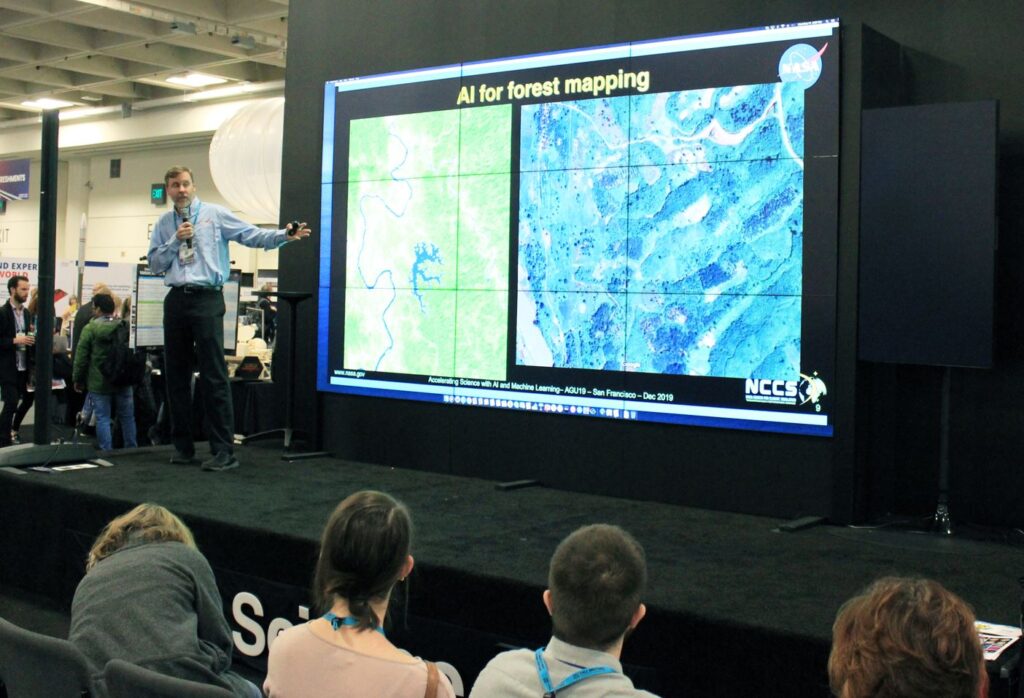
・Placing physical constraints on UAP
Establishing physical constraints on these phenomena remains challenging due to the lack of consistency and non-uniform characteristics in observations. We have a sound knowledge of parameters such as velocities and accelerations achievable by modern drones, balloons, and aircraft. Observations that deviate from these norms, especially in terms of velocity and acceleration, hold scientific interest for UAP assessment.
The panel stresses accurately determining distances as a key to understanding and validating claims of anomalous high-velocity and high-acceleration events. If all unidentified events showcase conventional speeds and accelerations, a conventional explanation is more probable. However, compelling evidence of confirmed velocities and accelerations would lead us to consider novel explanations for UAP.
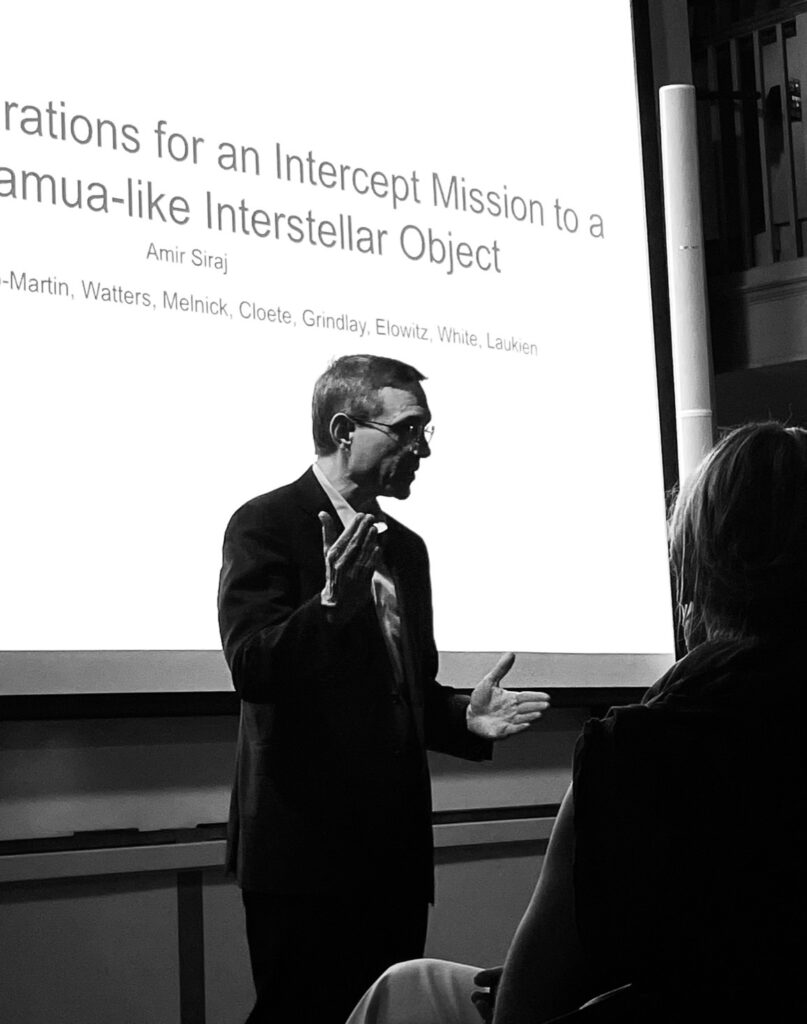
“Claims of objects exceeding the transonic to supersonic range should be evaluated against the above known physics of ionization, radar reflectivity, temperature, sonic booms, and fireballs. All of which can more effectively and accurately bound the velocity, and hence drive the range calculation. This will, in turn, when matched with the specifics of the sensor, allow for better estimates of the size, shape, and mass of the object in question.“
– Avi Loeb and Sean M. Kirkpatrick, Physical Constraints On Unidentified Aerial Phenomena
・Leveraging current reporting protocols and air traffic management (ATM) data acquisition systems
An exceptionally promising course of action for enhancing reporting integration within a methodical, structured, and empirical framework is NASA’s Aviation Safety Reporting System (ASRS) which NASA manages on behalf of the Federal Aviation Administration (FAA). Operating as a confidential, voluntary, and non-penalizing system, the ASRS serves as a unique data source for emerging unmanned aircraft systems (UAS) safety concerns, collecting reports on close-calls, hazards, and violations.
While originally not designed for UAP data collection, harnessing this system for commercial pilot UAP reporting could establish a critical database, thus strengthening efforts for comprehending UAP.
In designing future ATM systems to acquire UAP data, the use of platforms that incorporate new types of data such as imaging data and even multispectral or hyperspectral data can potentially be considered. Also, integrating machine learning algorithms into future ATM systems to detect and analyze UAP in real time cannot be overlooked.
“We have to start from the skeptical point of view. We take the scientific approach, where I first falsify the most unusual explanation and try to explain things in ways that are usual. We have hypotheses and we rule them out. What is left is what we currently believe. Our current understanding of the physical world comes from ruling things out until the things we have found no longer fit the better data that we now have.”
– Federica Bianco
Concluding Thoughts
UAP, as elusive and enigmatic they are, beckon us to unveil their secrets. The critical need for an evidence-based, data-informed approach is evident, especially in the light of inconsistent and not well-documented observations. As a torchbearer of scientific rigor and methodology, NASA’s role is pivotal in this undertaking.
In the end, the quest for UAP understanding represents something more than a scientific mission – it is an exploration of the mysteries that have captivated humankind for generations. Peering into the unknown, we continue to embrace our innate curiosity, reaching for answers that may change our perspectives on numerous matters, including ourselves.
Notes:
- UPDATE: NASA Shares UAP Independent Study Report; Names Director
https://www.nasa.gov/press-release/update-nasa-shares-uap-independent-study-report-names-director - NASA Announces Unidentified Anomalous Phenomena Study Team Members
https://www.nasa.gov/feature/nasa-announces-unidentified-aerial-phenomena-study-team-members/

Subscribe to Primitive Proton Newsletter
Sign up to keep up to date with the latest news and curated blogs in the world of space, science, and technology.
Your email is never shared with anyone. You can opt out anytime with a simple click!
WE PRIORITISE PRIVACY.

